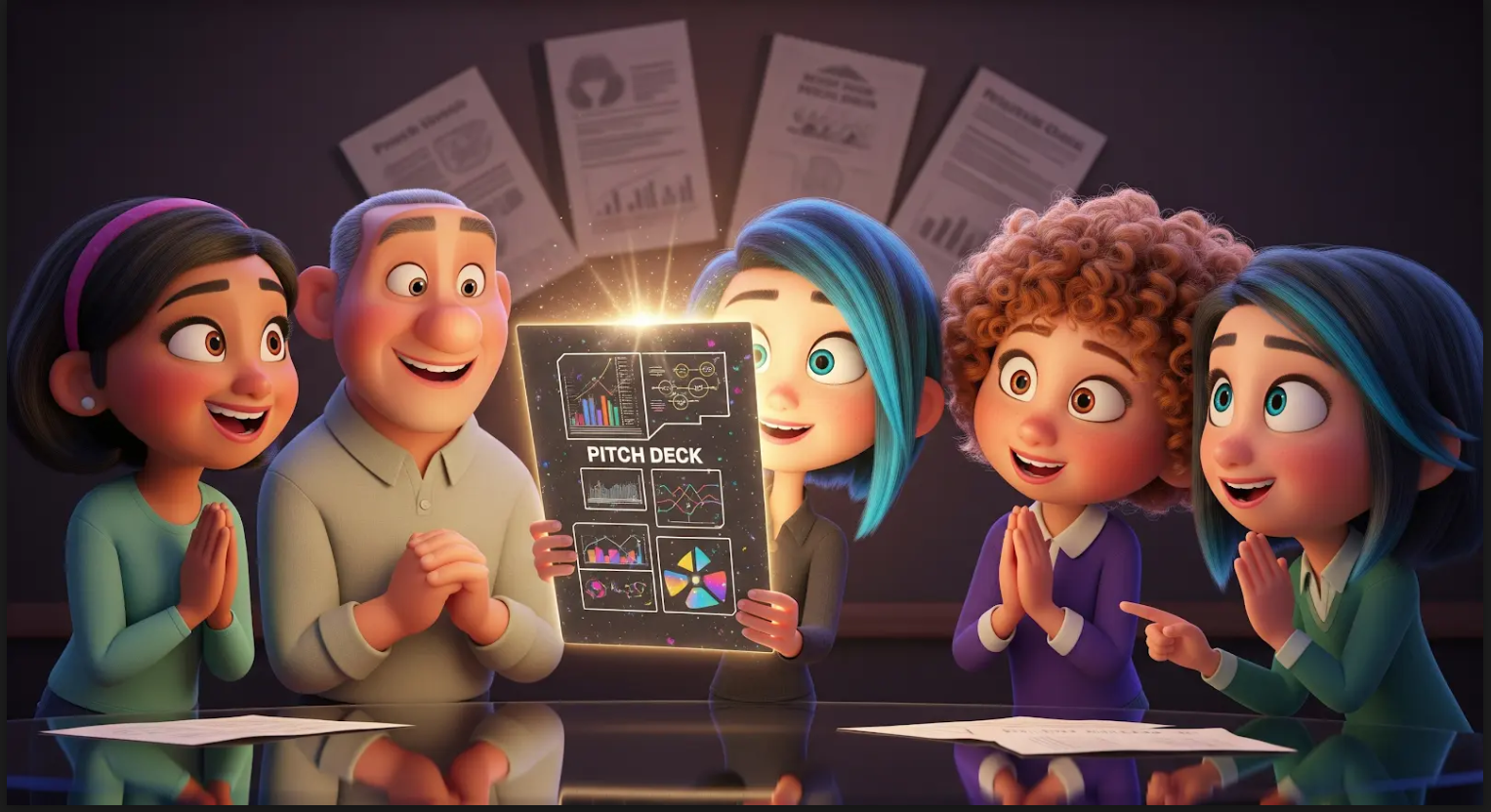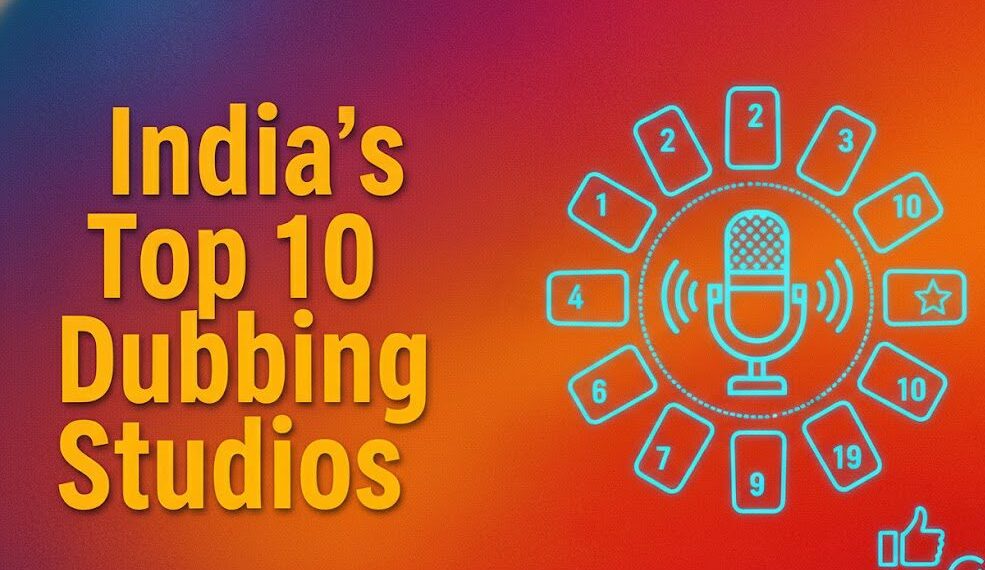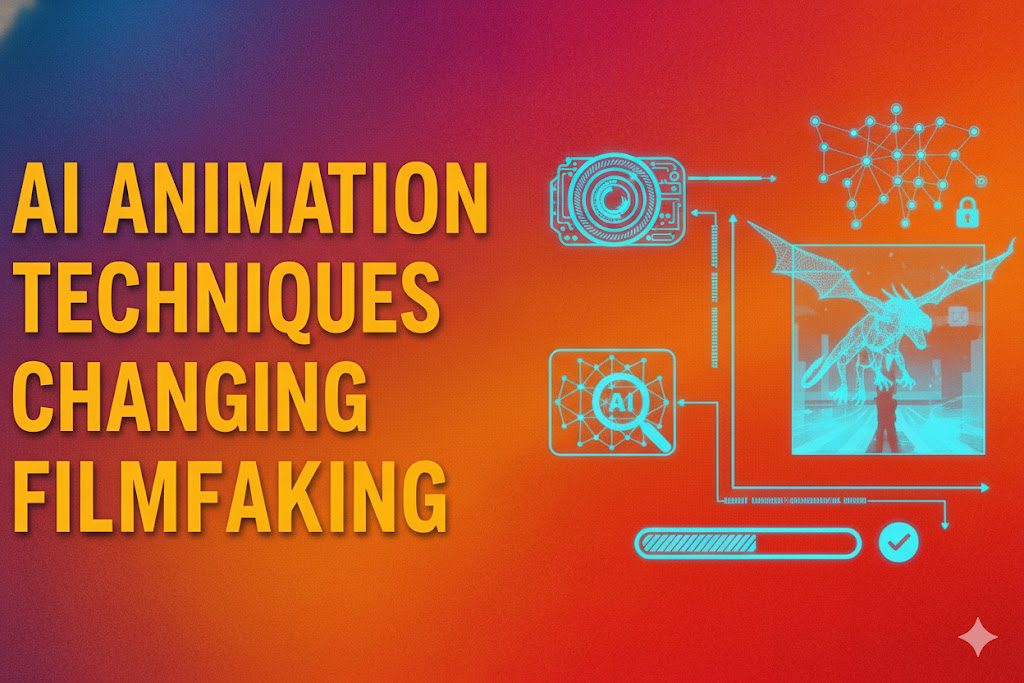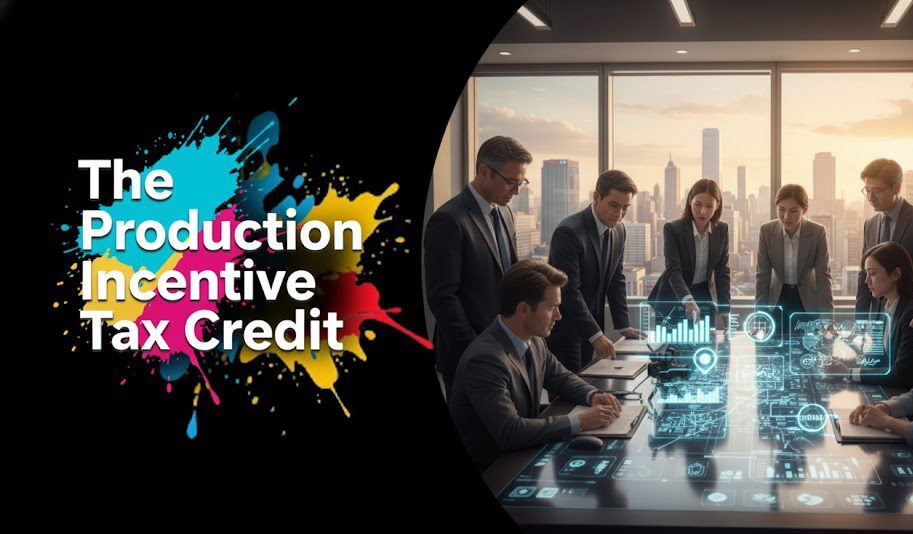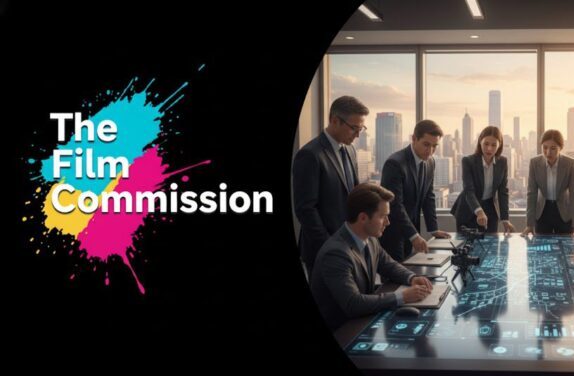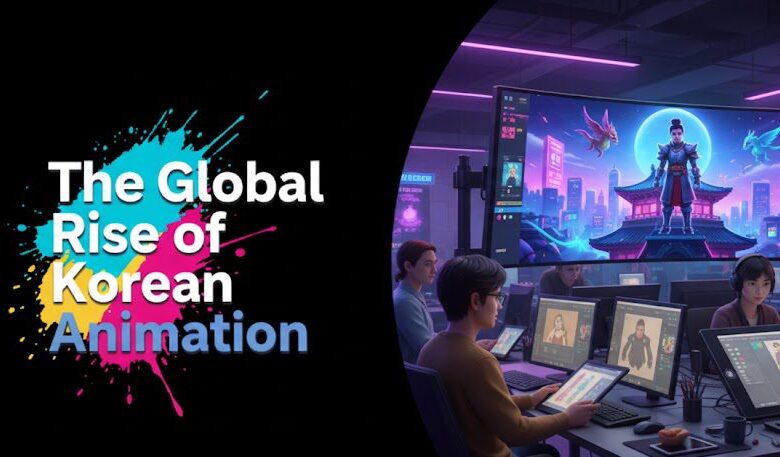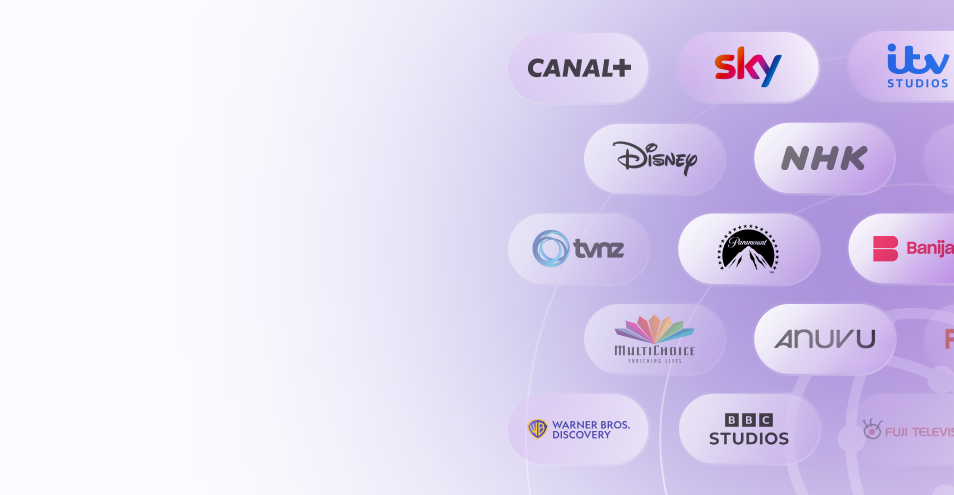Beyond the Template: Visual Storytelling & Unique Aesthetics 🎨
The most common pitfall in pitch decks is using standard, uninspired templates. To truly differentiate yours, focus on visual storytelling and developing a unique aesthetic that reflects your project’s tone and brand.
- Custom Design, Not Stock: Resist the urge to use generic stock photos or pre-set themes. Invest time (or resources) in custom graphic design that aligns with your project’s genre, mood, and target audience. For instance, a dark comedy might use quirky, slightly off-kilter visuals and a distinctive color palette, while a high-concept sci-fi show could lean into sleek, futuristic designs.
- A Consistent Visual Language: Every slide should feel like part of the same cohesive story. This means consistent use of fonts, colors, imagery style, and layout. This isn’t just about aesthetics; it subconsciously communicates professionalism and attention to detail.
- Less Text, More Impact: Ditch dense blocks of text. Your deck is a visual aid to your verbal pitch, not a script. Use concise bullet points, impactful headlines, and strong visuals to convey information. If you can tell it with an image, do so.
- Show, Don’t Just Tell: Instead of just describing your characters, include mood-board-style character profiles with images of actors, real people, or art that embody their essence. For settings, use evocative concept art or location photos. For tone, curated film stills or even short video clips (if sharing digitally) can be incredibly powerful.
Injecting Personality & Passion ✨
Your project is unique because you’re behind it. Your pitch deck should reflect that unique perspective and passion.
- Your Unique Voice: Let your personality shine through in the language and tone of your deck. Avoid overly corporate jargon or overly formal language if your project is anything but. Use engaging, confident, and authentic language.
- Personal Connection to the Material: Briefly explain why this story matters to you. A compelling personal connection can be incredibly persuasive and make your project more memorable. This isn’t about lengthy anecdotes, but a concise statement of passion or inspiration.
- “Why Now? Why You?”: Beyond the project itself, address why this project is relevant right now in 2025 and why your team is uniquely positioned to bring it to life. This demonstrates market awareness and confidence in your capabilities, setting you apart from teams that only focus on the creative.
Strategic & Forward-Thinking Content 🚀
In 2025, buyers are looking for projects with a clear path to market and potential for growth. Your deck needs to demonstrate strategic foresight.
- The “Why This Platform?” Slide: Dedicate a slide to why your project is perfect for their specific platform. This shows you’ve done your homework. Reference their recent successes, their target demographic, or their stated content goals. This immediately distinguishes your pitch from a generic one sent to everyone.
- Franchise Potential & World-Building (Beyond Season 1): In an era of IP-driven content, show that you’ve thought beyond a single season or film. Include a “Franchise Potential” or “World Beyond” slide that briefly outlines ideas for future seasons, spin-offs, merchandising, or other extensions. This signals long-term value.
- Audience Engagement Strategy (Not Just Target Audience): Instead of just stating your target audience, consider a slide on how you envision your project engaging that audience. Will it spark social media conversations? Lend itself to interactive elements? Have a strong fan community? This demonstrates a modern understanding of audience cultivation.
- Lean into Data (Subtly): While your deck isn’t a spreadsheet, you can subtly integrate data. For example, when discussing market need, briefly reference successful comparables (comps) on their platform or in the market that validate your project’s potential. This shows you’re thinking analytically about your creative vision.


